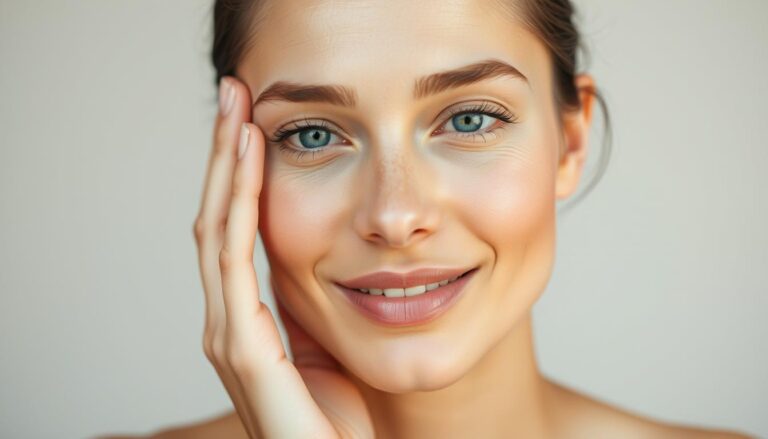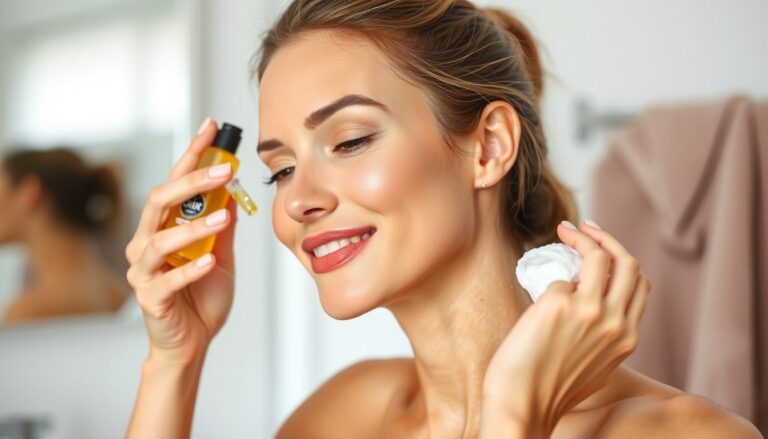At Glowskinhub.com, we believe beauty isn’t just a look—it’s a feeling
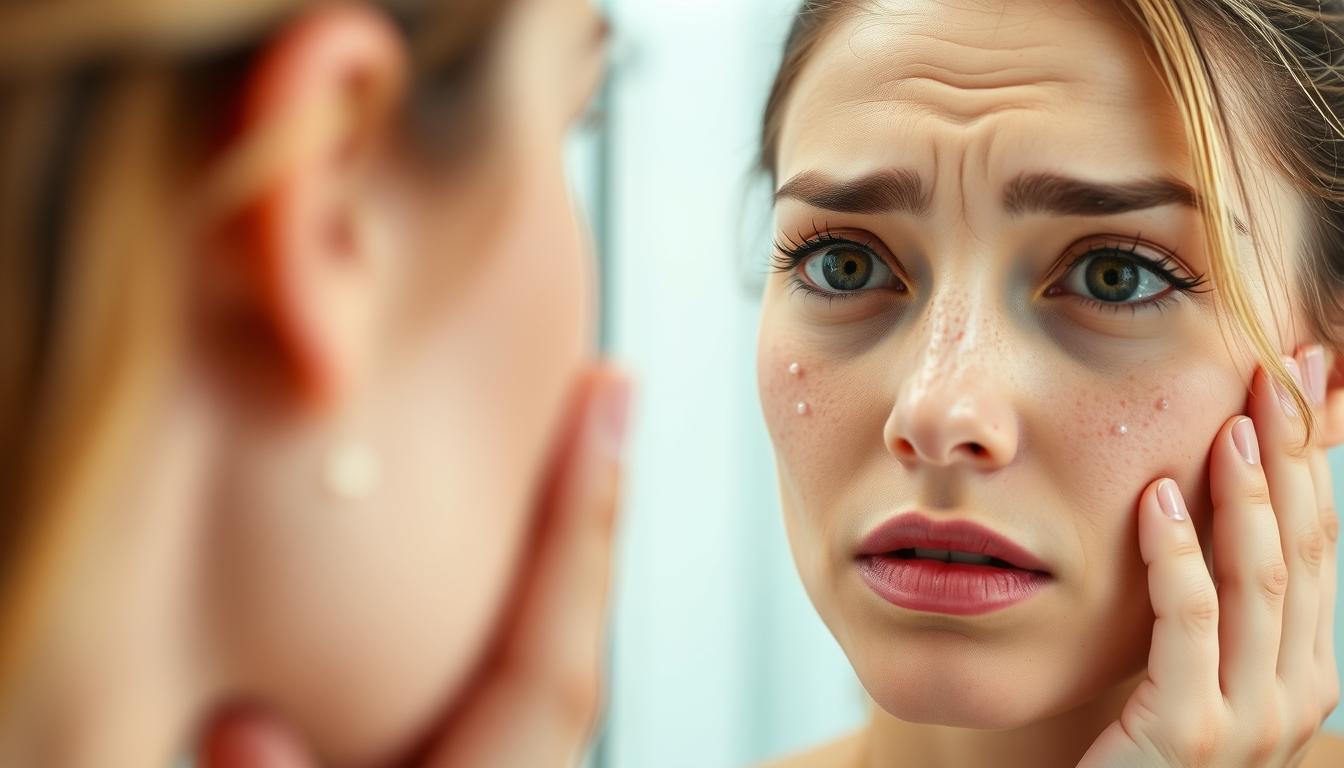
How to Treat Skin Purging: Causes, Management, and Expert Tips
You’ve just started using that new retinol Serum or chemical exfoliant with high hopes for glowing Skin. But instead of the promised radiance, you’re facing a wave of breakouts. Before you toss that product in the trash, you might be experiencing Skin purging – a temporary but necessary process on the path to clearer Skin. In this comprehensive guide, we’ll explore what Skin purging is, how to tell it apart from regular breakouts, and most importantly, how to manage it effectively.
What is Skin Purging?
Skin purging refers to an accelerated rate of Skin cell turnover triggered by active ingredients in skincare products. During this process, your Skin pushes out clogged pores, excess sebum, and dead Skin cells faster than normal, resulting in temporary breakouts.
Unlike regular acne, purging is actually a sign that your products are working effectively. It’s your Skin’s way of clearing out what was already there beneath the surface, just at a faster pace than usual.
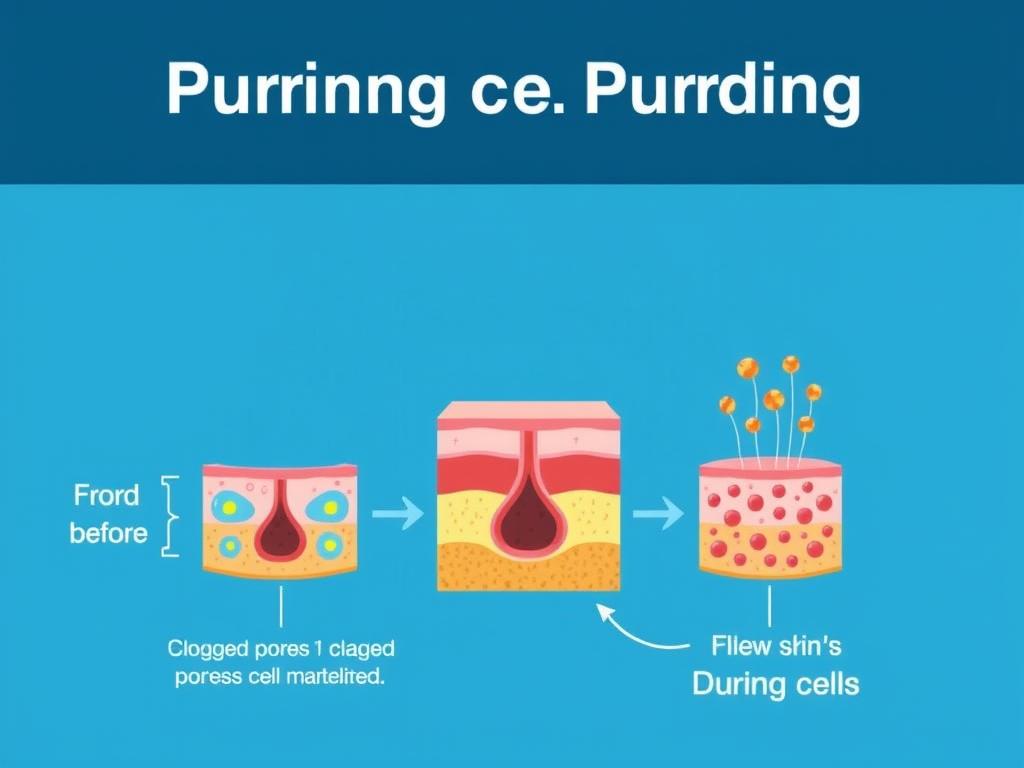
How Long Does Skin Purging Last?
Skin purging typically lasts for one complete Skin cycle, which is about 4-6 weeks for most people. This timeframe corresponds to how long it takes for your Skin to completely renew itself. If breakouts persist beyond this period, you might be dealing with a reaction to the product rather than purging.
Common Ingredients That Cause Purging
Not all skincare products will cause purging. This reaction is typically triggered by ingredients that accelerate cell turnover, including:
- Retinoids (retinol, tretinoin, adapalene)
- Alpha hydroxy acids (glycolic, lactic, mandelic)
- Beta hydroxy acids (salicylic acid)
- Chemical peels
- Some vitamin C formulations
- Benzoyl peroxide
- Exfoliating scrubs
- Some acne-fighting ingredients
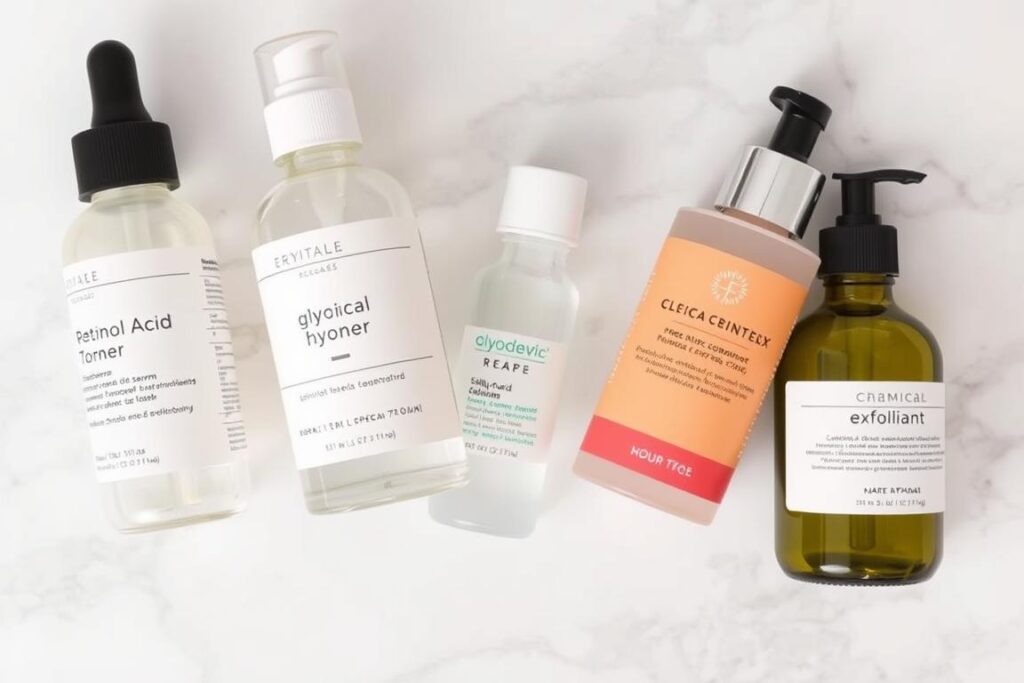
How It’s Different from Breakouts
Distinguishing between Skin purging and a regular breakout is crucial for determining whether you should continue using a product. Here are the key differences:
| Characteristic | Skin Purging | Regular Breakout |
| Location | Areas where you typically break out | Can appear in new areas |
| Duration | Clears faster than normal breakouts (4-6 weeks) | Can persist for longer periods |
| Trigger | Active ingredients that increase cell turnover | Irritation, allergic reaction, hormones, stress |
| Appearance | Small, consistent bumps that come to a head quickly | Varied in size and type, may be inflamed |
| Healing | Heals more quickly than regular breakouts | May take 8-10 days to heal |
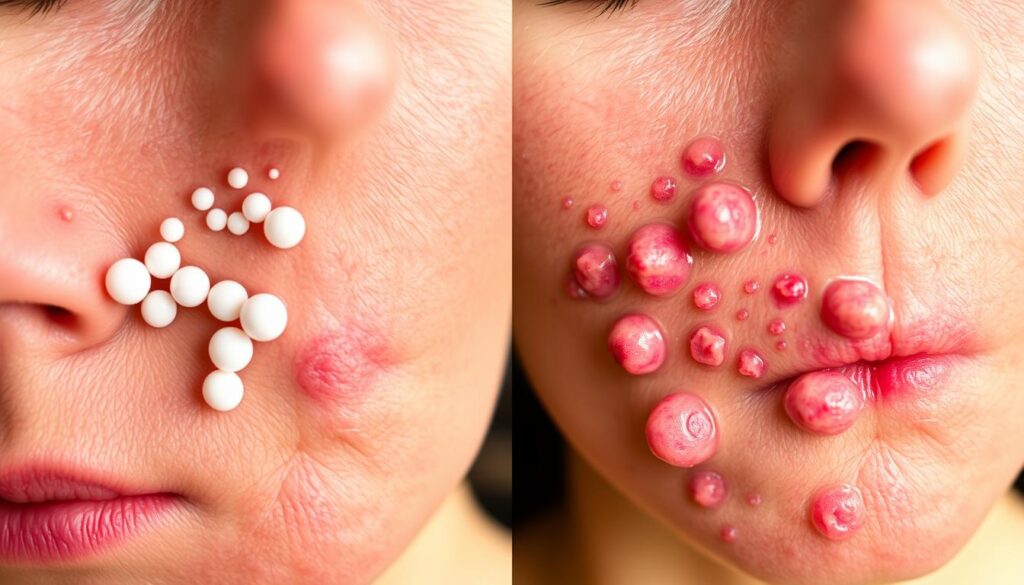
If you’re experiencing breakouts in areas where you don’t normally have acne, or if the reaction persists well beyond 6 weeks, you might be having an adverse reaction to the product rather than purging. In this case, it’s best to discontinue use and consult a dermatologist.
Causes of Skin Purging
Understanding why Skin purging occurs can help you better manage the process. Let’s explore the science behind this Skin phenomenon:
Accelerated Cell Turnover
The primary mechanism behind Skin purging is accelerated cell turnover. Normally, your Skin cells regenerate every 28 days. When you introduce certain active ingredients, this process speeds up, bringing hidden congestion to the surface more quickly.

How Retinoids Trigger Purging
Retinoids are vitamin A derivatives that bind to specific receptors in your Skin cells. This binding activates genes that regulate cell growth and differentiation, speeding up the rate at which new Skin cells are produced and old ones are shed. This rapid turnover brings underlying clogs to the surface, resulting in temporary breakouts.
The Role of Exfoliating Acids
Alpha hydroxy acids (AHAs) and beta hydroxy acids (BHAs) work by dissolving the bonds between dead Skin cells, allowing them to be shed more easily. BHAs like salicylic acid are oil-soluble and can penetrate deep into pores to clear out excess sebum. This deep-cleaning action can bring hidden congestion to the surface, manifesting as purging.
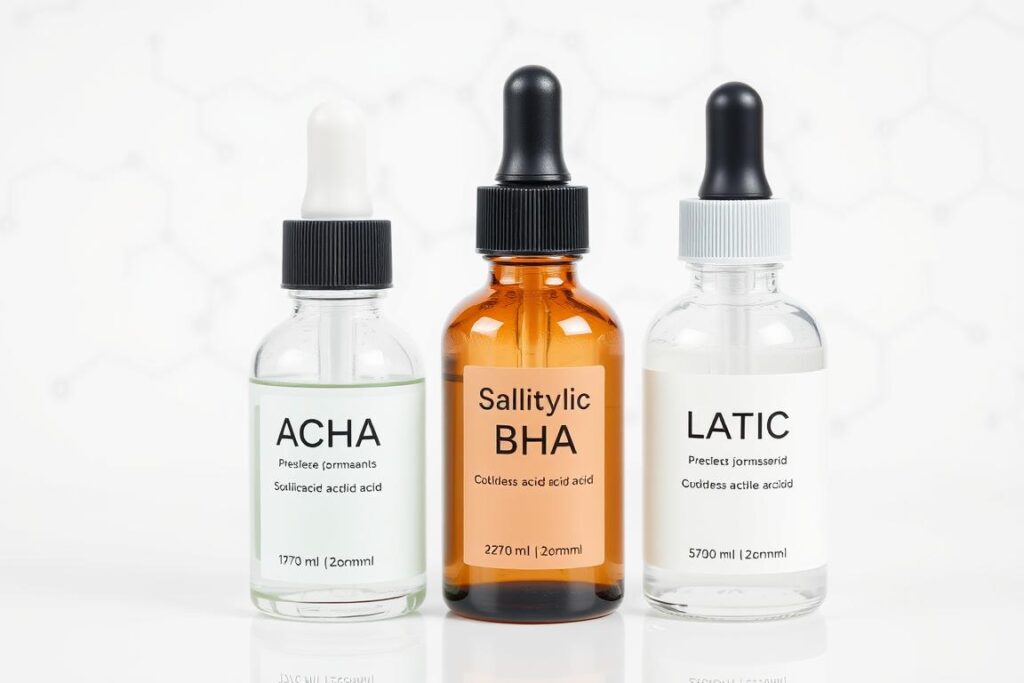
How to Manage & Soothe Purging
While you can’t completely prevent purging if you’re using active ingredients, there are several strategies to minimize discomfort and help your Skin through this transitional phase:
Gentle Cleansing
During a purge, it’s crucial to keep your Skin clean without stripping its natural moisture. Opt for a gentle, sulfate-free cleanser that won’t irritate your already sensitive Skin. Cleanse twice daily, using lukewarm water rather than hot, which can further irritate your Skin.
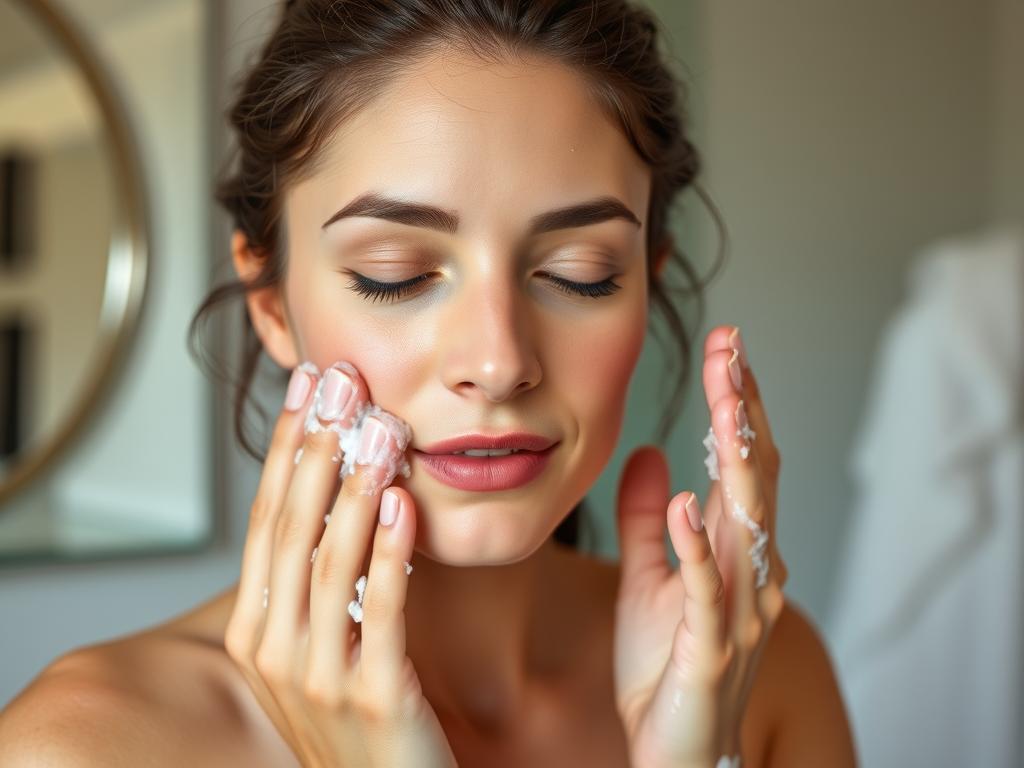
Hydration and Barrier Support
Many active ingredients can temporarily weaken your Skin barrier, leading to increased sensitivity and dryness. Focus on hydrating and repairing ingredients like:
- Hyaluronic acid for moisture retention
- Ceramides to strengthen the Skin barrier
- Niacinamide to reduce inflammation
- Centella asiatica (cica) for calming irritation
- Panthenol (vitamin B5) for healing
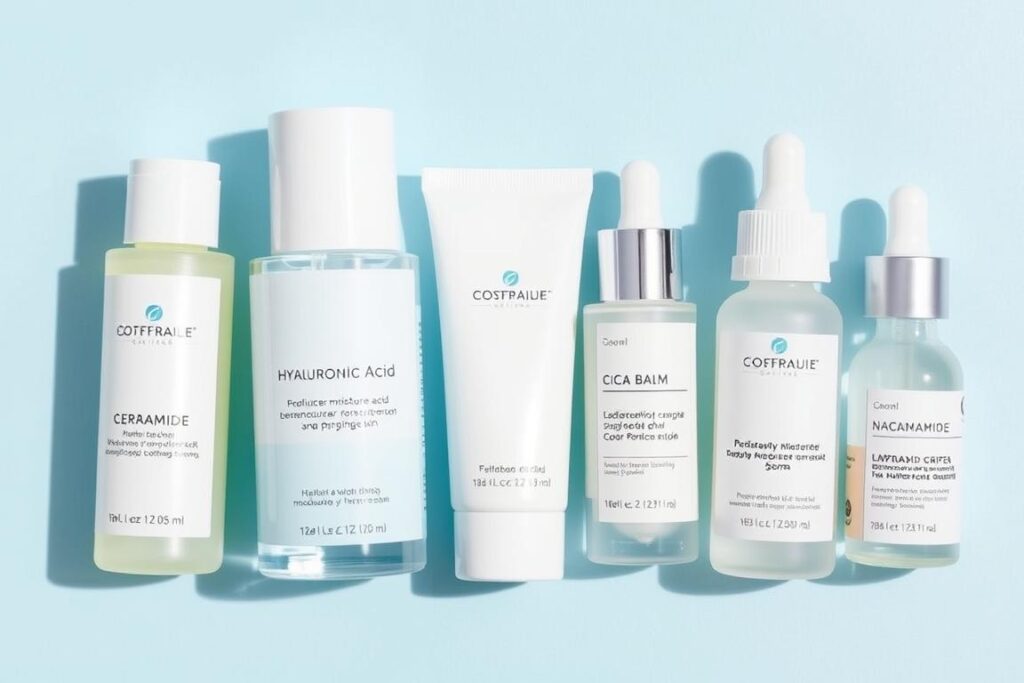
Sun Protection
Active ingredients often increase Skin sensitivity to UV radiation. Applying a broad-spectrum SPF 30+ sunscreen daily is non-negotiable during a purge. Look for mineral-based formulas with zinc oxide or titanium dioxide, which are less likely to irritate sensitive Skin.
Gradually Introduce Active Ingredients
If you’re just starting with a new active ingredient, consider the “low and slow” approach. Begin using the product once or twice a week, then gradually increase frequency as your Skin builds tolerance. This can help minimize the intensity of purging.
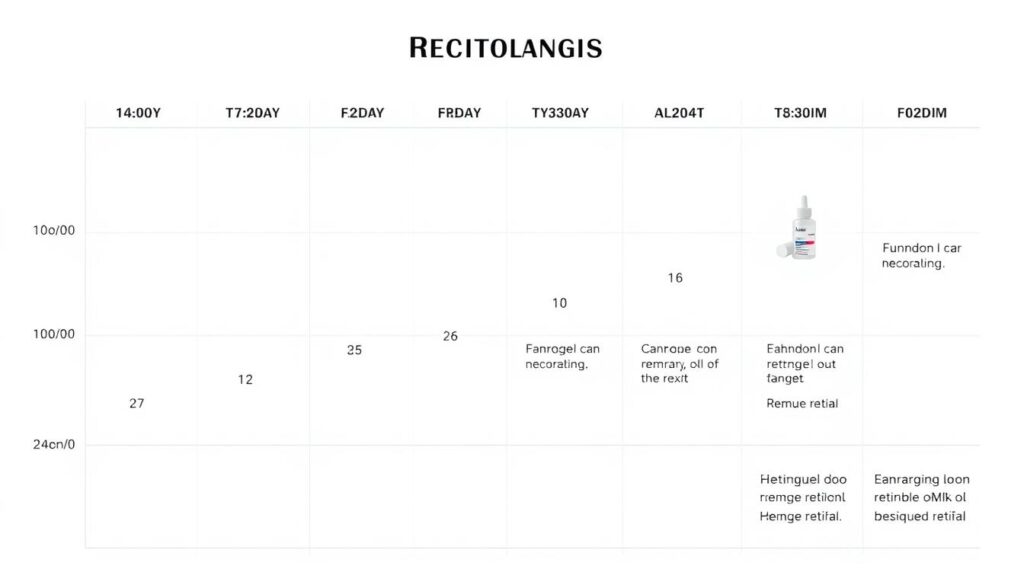
Soothing Treatments
Incorporate calming treatments into your routine to reduce redness and irritation:
- Aloe vera gel for cooling relief
- Centella asiatica extracts for redness reduction
- Oat-based products for anti-inflammatory benefits
- Green tea extracts for antioxidant protection
- Licorice root extract for brightening and calming
- Hydrocolloid patches for individual spots
Do’s and Don’ts During Skin Purging
Navigating Skin purging requires a balanced approach. Here’s what to do and what to avoid during this transitional period:
Do’s
- Be patient and give your Skin time to adjust (4-6 weeks)
- Keep your routine simple and gentle
- Use hydrating, non-comedogenic moisturizers
- Apply sunscreen daily
- Patch test new products before full-face application
- Continue with the active ingredient (unless experiencing allergic reaction)
- Keep your hands off your face to prevent spreading bacteria
- Change your pillowcase frequently
Don’ts
- Don’t pick, pop, or squeeze purging breakouts
- Avoid introducing multiple new active ingredients simultaneously
- Don’t over-exfoliate or use harsh scrubs
- Avoid products with Fragrance, alcohol, or potential irritants
- Don’t discontinue treatment prematurely (unless having an allergic reaction)
- Avoid heavy, occlusive makeup during intense purging
- Don’t use spot treatments with drying ingredients like benzoyl peroxide
- Avoid hot water when cleansing
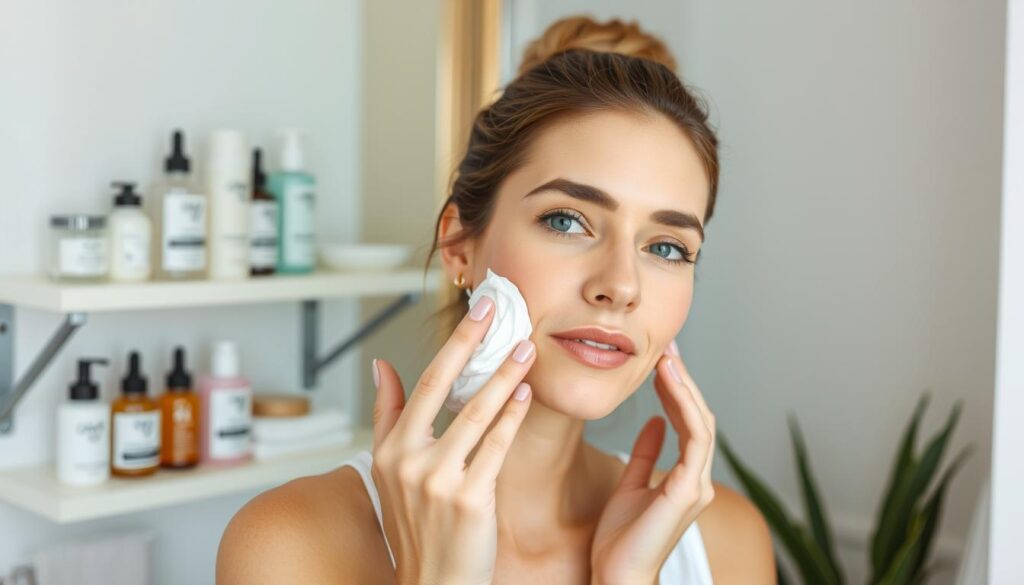
When to See a Dermatologist: If your Skin shows signs of severe irritation (intense burning, swelling, rash), if purging lasts longer than 6-8 weeks, or if breakouts appear in completely new areas, consult a dermatologist. These may be signs of an allergic reaction rather than normal purging.
FAQs About Skin Purging
How long does Skin purging last?
Can I wear makeup during Skin purging?
Yes, you can wear makeup during Skin purging, but choose non-comedogenic, mineral-based products that won’t clog pores. Avoid heavy foundations and opt for lighter coverage. Always remove makeup thoroughly at the end of the day with a gentle cleanser.
Can I speed up the purging process?
Unfortunately, there’s no way to completely skip or significantly speed up the purging process. It’s a natural response to increased cell turnover. However, maintaining a consistent skincare routine, staying hydrated, and following the management tips in this article can help your Skin move through the purging phase as smoothly as possible.
Should I stop using the product if I’m purging?
Generally, no. If you’re experiencing normal purging (not an allergic reaction), continuing with the product will allow your Skin to adjust and eventually reveal clearer Skin. However, you might want to reduce frequency temporarily or buffer the product with moisturizer if irritation is significant. If you experience severe irritation, rash, or unusual swelling, discontinue use and consult a dermatologist.
Will my Skin purge every time I use a new active ingredient?
Not necessarily. Purging only occurs with ingredients that accelerate cell turnover. Additionally, if your Skin is already adapted to similar ingredients, you might experience minimal or no purging. For example, if you’re already using a retinol and switch to a different retinol product of similar strength, significant purging is less likely.
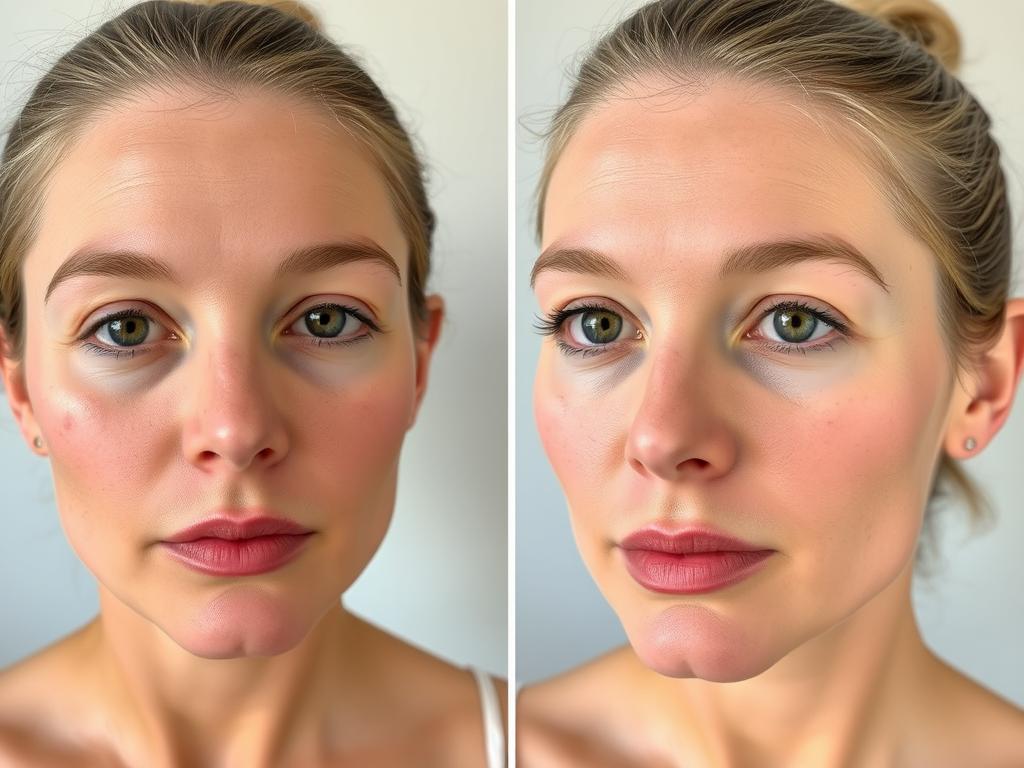
Gentle Routine for Purging Skin
A simplified, gentle skincare routine can help your Skin navigate through the purging phase with minimal irritation. Here’s a recommended regimen:
Morning Routine
- Gentle, sulfate-free cleanser
- Hydrating toner (optional)
- Soothing Serum with niacinamide
- Lightweight, non-comedogenic moisturizer
- Mineral sunscreen (SPF 30+)
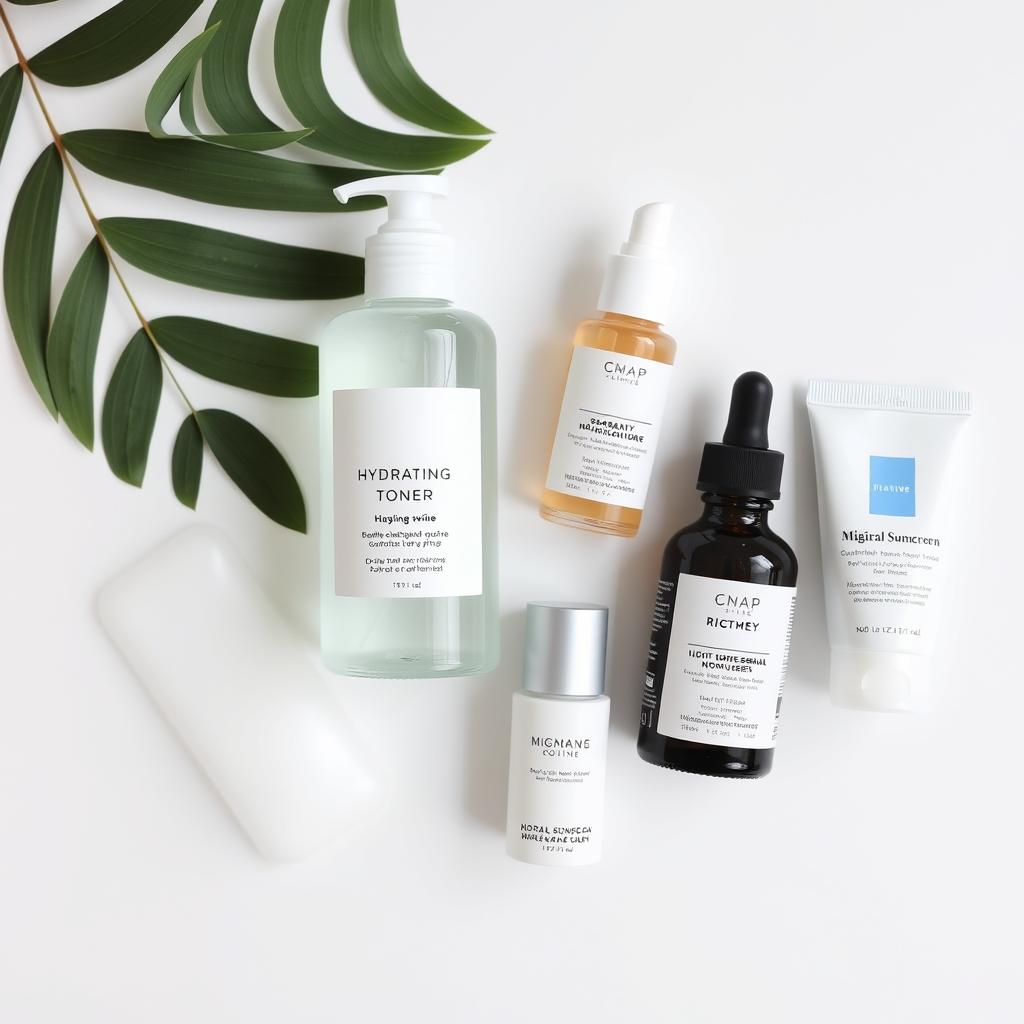
Evening Routine
- Oil-based or micellar cleanser (if wearing makeup)
- Gentle, sulfate-free cleanser
- Active ingredient (retinoid, AHA/BHA) – use as directed
- Hydrating Serum with hyaluronic acid
- Barrier-repairing moisturizer with ceramides
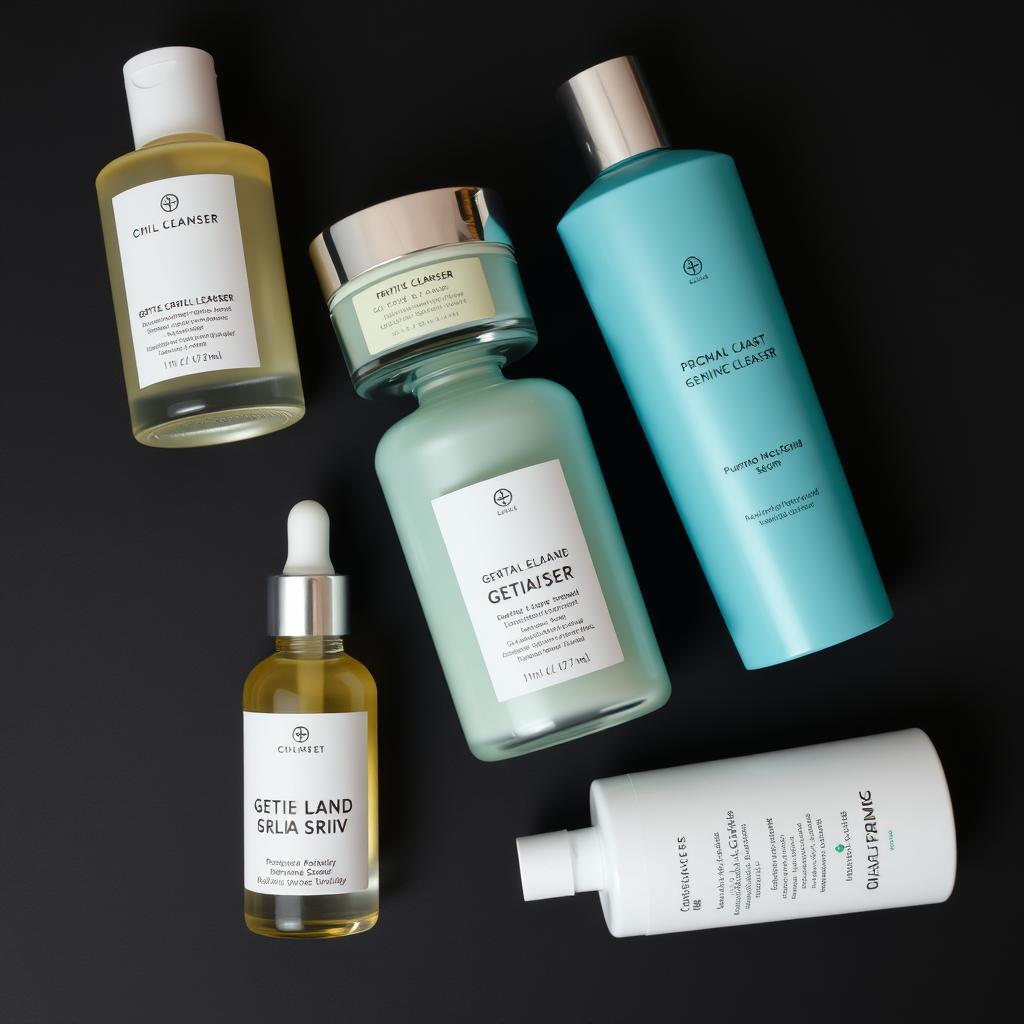
Weekly Treatments
- Hydrating mask (1-2 times weekly)
- Centella asiatica sheet mask for calming
- Oatmeal mask for inflammation
- Avoid clay masks during active purging
- Skip physical exfoliation until purging subsides
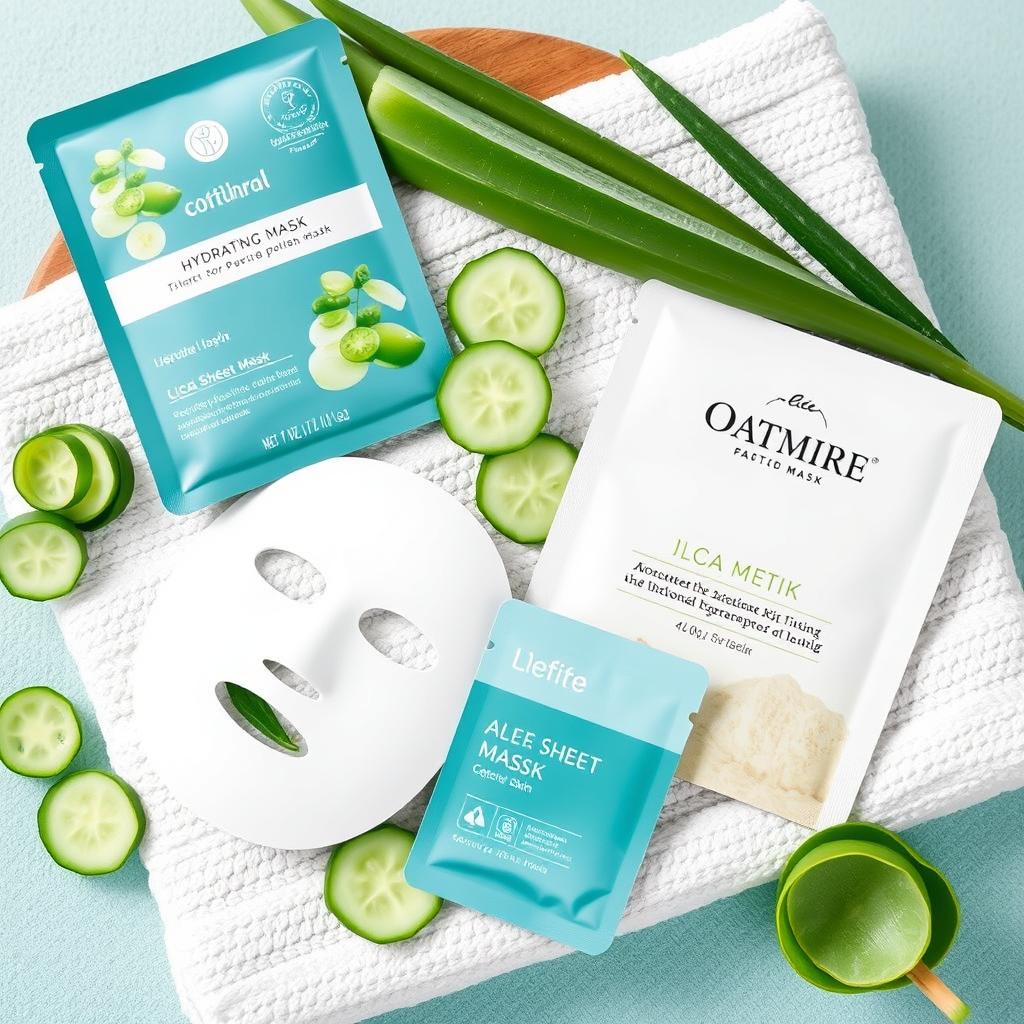
Need Help Managing Your Skin During Purging?
If you’re struggling with Skin purging or aren’t sure if what you’re experiencing is purging or a reaction, consider consulting with a dermatologist. A skincare professional can provide personalized advice and may recommend specific products to help your Skin through this transitional phase.
The Light at the End of the Tunnel
Skin purging can be frustrating, but remember that it’s a temporary process with a worthwhile outcome. By understanding what’s happening to your Skin and following the management strategies outlined in this guide, you can navigate through the purging phase with minimal discomfort.
Be patient with your Skin, maintain a consistent and gentle routine, and soon you’ll likely notice the improvements in texture, clarity, and overall appearance that made you try that active ingredient in the first place. Your Skin’s journey to renewal is well worth the temporary turbulence of purging.



